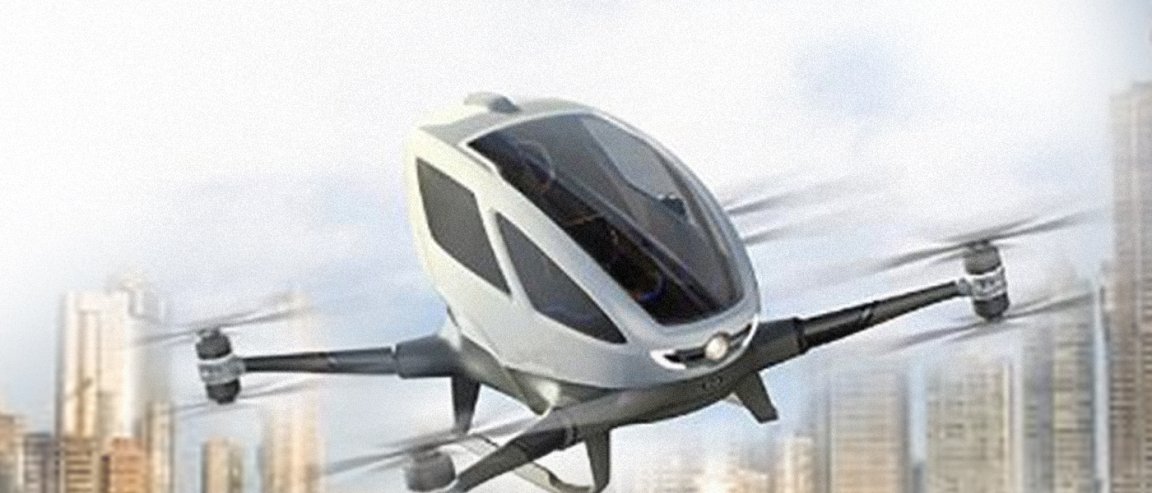
Ridesharing in the Sky
Way before Elon Musk planned to drill under Los Angeles to avoid traffic, several companies had already been toying with the idea of beating traffic by going over it. Indeed, flying cars have long been a part of science fiction, but they could soon become a part of our everyday reality. And once we have autonomous flying cars, it’s only a matter of time before we have autonomous flying taxis for those who prefer hitching a ride to owning one.
According to a report by the Associated Press, experts think flying taxis could arrive in the next 10 to 15 years. “In terms of what you can make fly in a reliable manner, the solution speed gateway that (computer) chips have gone through recently have literally opened the door to a whole new world of flying machine possibilities,” Charles Eastlake, an aerospace engineering professor at Embry-Riddle University, told the AP. “My best engineering guess is that people actually using autonomous air taxis in the next 10 or 15 years is possible, but definitely not certain. The challenges are big.”

In the Works
Certainly, recent developments in engineering have contributed greatly to bringing flying cars closer to reality. Still, there are other technical hurdles to overcome, and more still in order to develop flying vehicles that are autonomous. For one, there aren’t yet any flight versions of autonomous sensory systems found in self-driving cars. There’s also the challenge of battery weight, which is an issue even for current electric cars that stay on the ground — autonomous flying taxis would need much better, lighter batteries.
In addition to sorting out the technology, we’d also need ground infrastructure that would allow flying vehicles to operate unobstructed, with enough space for take-off and landing zones. “There’s no question we can build the vehicle,” MIT professor John Hansman, who advises the FAA, told the AP. “The big challenge is whether we can build a vehicle that would be allowed to operate in the places where people want to use it.”
That isn’t an insurmountable hurdle, though, as ridesharing company Uber already has infrastructure plans for a flying taxi service that relies on vertical take-off and landing (VTOL) vehicles. Indeed, they aren’t the only company thinking about this new era in travel. European aircraft manufacturer Airbus is keen on delivering a prototype of its A3 Vahana this year, with plans to have it ready for production by 2020. Israeli tech firm Urban Aeronautics has already created prototypes of its Cormorant, a people-carrying drone that’s intended for military use and that can attain speeds of up to 185 km/h (115 mph), hover for an hour, and carry up to 1,100 pounds.
Apart from these, there are still others: the VTOL Lilium Jet; AeroMobil 3.0, which uses regular gasoline; Chinese drone-maker EHang’s 184 person-carrying drone; Joby Aviation’s all-electric VTOL S2; and the Zee VTOL car, which Google founder Larry Page was supposedly spotted in, just to name a few. Undoubtedly, with all these projects in the works, it’s clear that flying cars and autonomous flying taxis are coming. It’s just a matter of how soon we can be ready for them.